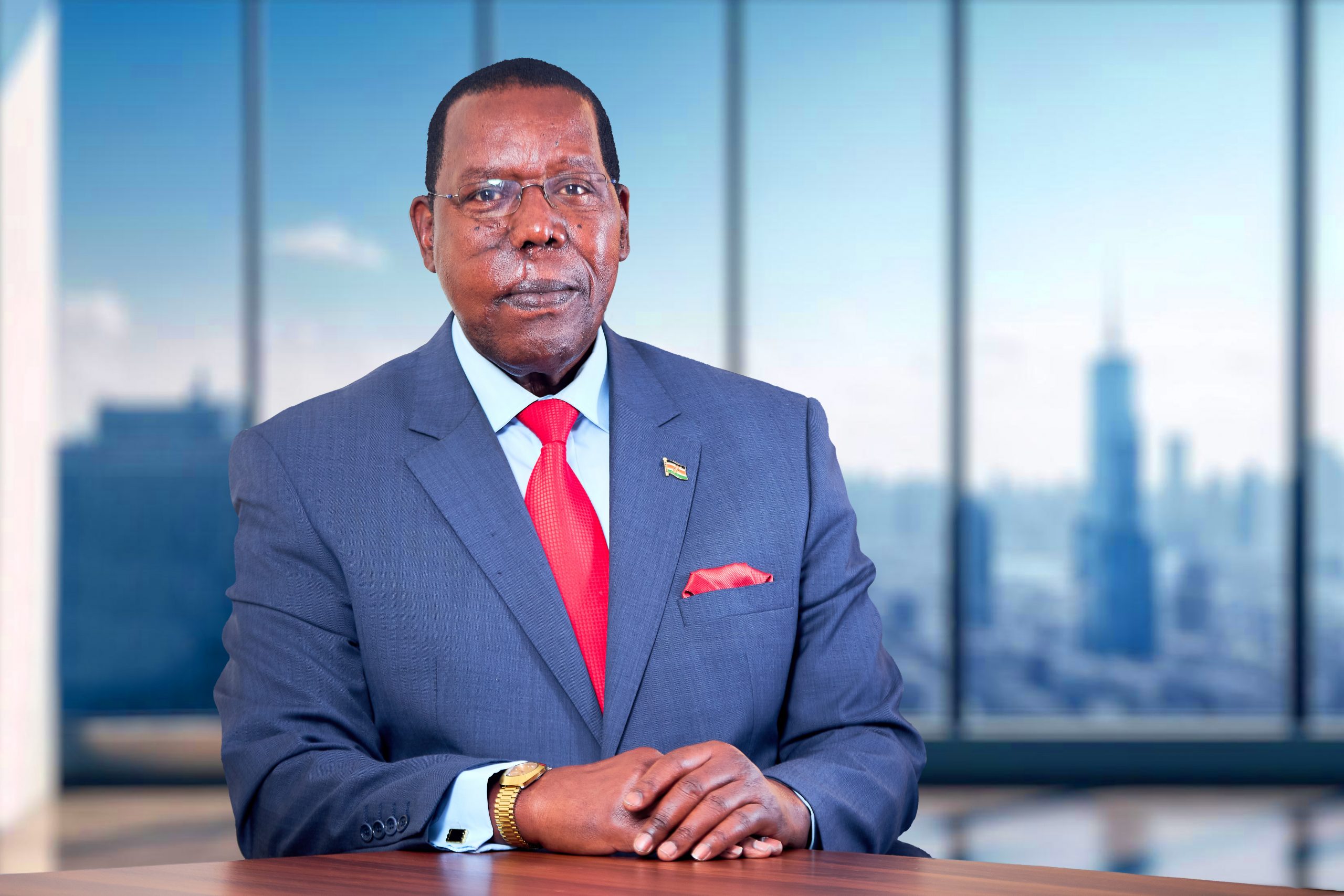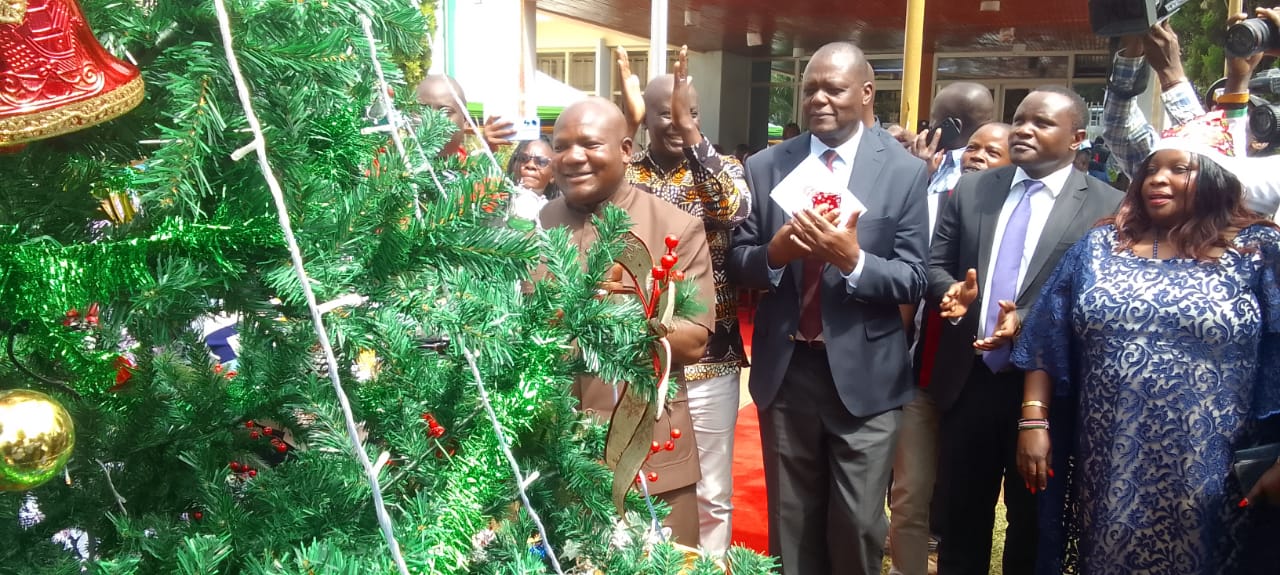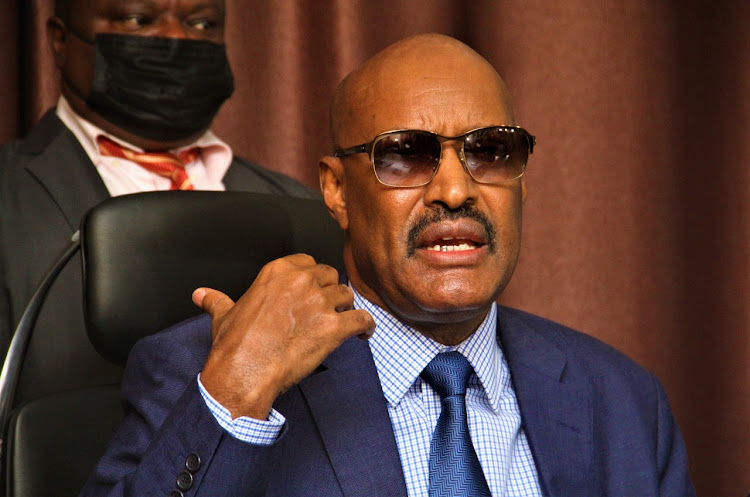By TWV Team
As Kenya witnesses early political realignments ahead of the 2027 general elections, Raila Odinga, the “Kingmaker of 2002,” stands at a pivotal juncture. His decisions could shape the nation’s political trajectory, with higher stakes, fragmented alliances, and weighty consequences defining this moment.
Raila faces a strategic dilemma: remain loyal to his long-standing opposition allies, who supported his multiple presidential bids or forge an alliance with President William Ruto, his former adversary. Both paths carry significant risks and opportunities, complicated by public calls within the opposition and civil society for a united front to counter Ruto’s well-resourced campaign machine.
One option is for Raila to run for president a sixth time. Despite decades spent pursuing the presidency, this path seems increasingly unlikely due to his age, political fatigue among supporters, and demands for a generational shift. Still, it remains a possibility.
A more surprising scenario involves Raila aligning with Ruto. Reports suggest talks of an ODM-UDA alliance, with Raila potentially becoming Prime Minister if constitutional amendments permit. This coalition, including figures like Musalia Mudavadi and Moses Wetang’ula, could secure a formidable parliamentary majority but risks alienating Raila’s base, who may view it as a betrayal of core principles.
If a deal with Ruto falters, Raila could back former Interior Cabinet Secretary Fred Matiang’i, supported by former President Uhuru Kenyatta. This trio could project a fresh, technocratic image, drawing support from Nyanza, parts of Mount Kenya, and the Coastal and Western regions, where ODM retains influence. Matiang’i’s reputation as a capable, untainted leader could position him as a strong contender, potentially leading to a 2027 run-off against Ruto, framed as reform versus continuity.
Alternatively, Raila could support Wiper Party leader Kalonzo Musyoka, who has backed him in three elections. If ODM endorses Kalonzo for president and accepts the deputy role, and if Kalonzo gains support from disillusioned Mount Kenya voters (possibly including Rigathi Gachagua), this alliance could become a huge threat to Ruto. However, internal disputes over roles may undermine this option.
A final, unlikely scenario sees Raila stepping back from active politics, allowing his supporters to vote freely. Given his deep entrenchment in Kenyan politics and his base’s expectations, neutrality offers little leverage in a system that rewards alignment and mobilization.
Raila remains a towering figure in Kenyan politics, his endorsement capable of shaping presidential outcomes. Yet, this influence demands navigating complex political egos, ethnic dynamics, and ideological commitments. As 2027 approaches, all eyes are on Raila: Will he run, endorse, or shift the political ground once more? The direction he chooses will be decisive.





